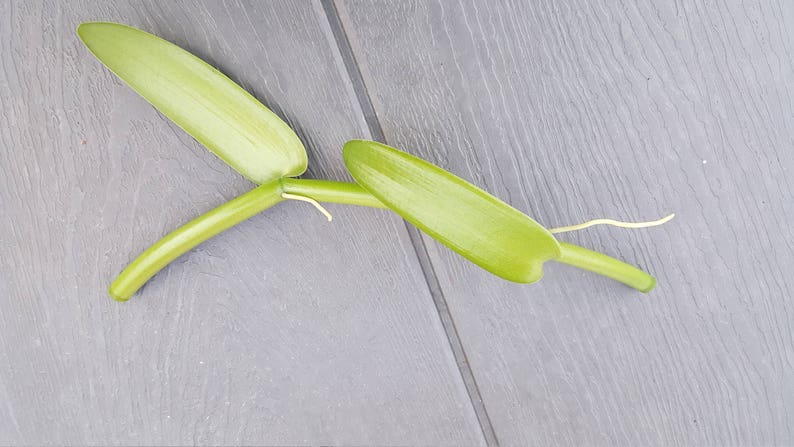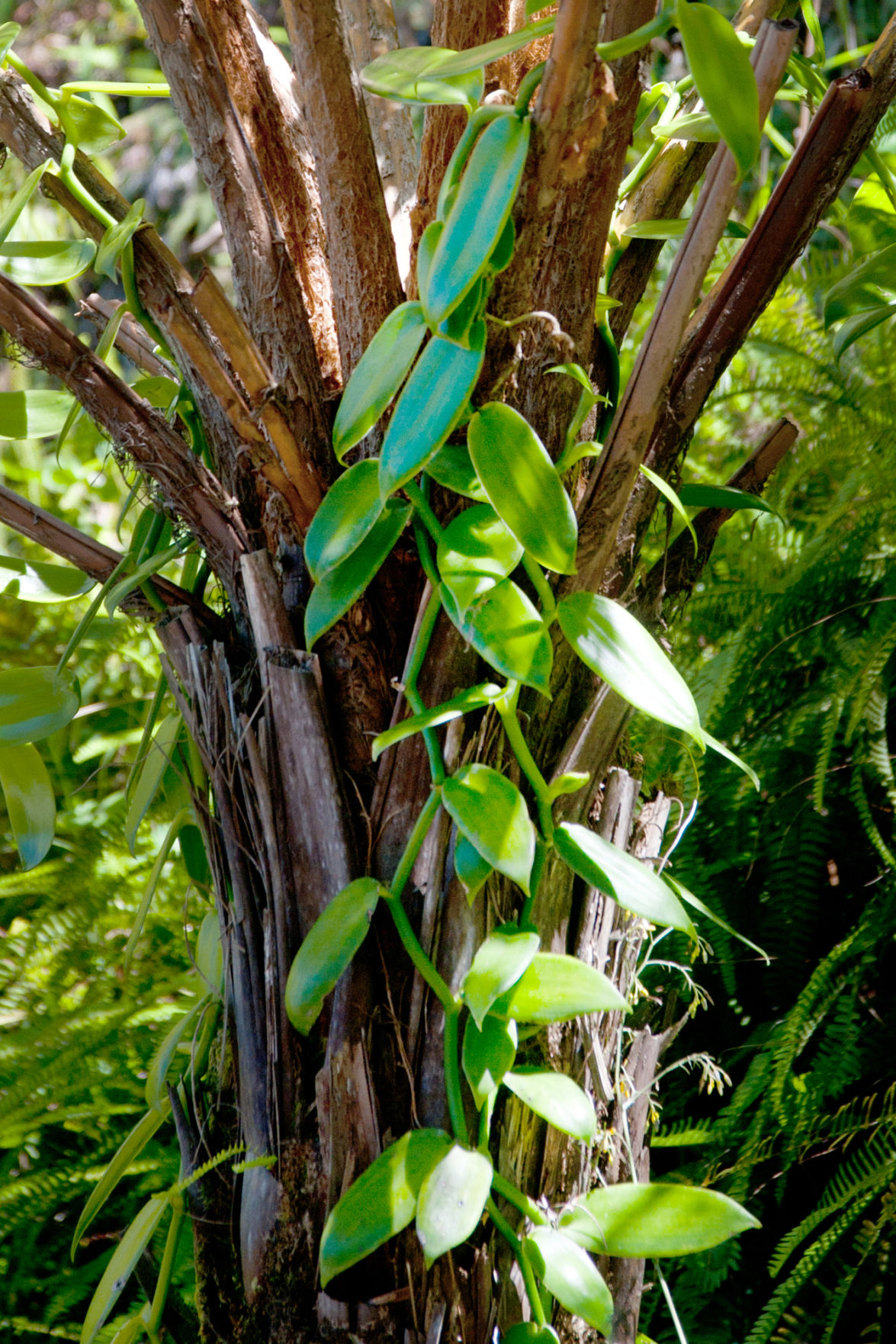

While the ink was drying on those all-natural announcements last year, output of Madagascar vanilla beans had plummeted to 1,100 metric tons, about half the normal harvest. At the time, the company credited “a seven-year research and development program that has led to more than 80 artificial ingredients being replaced with alternatives.”įor a big food firm, however, switching to natural vanilla is akin to squeezing an elephant into a Volkswagen. Indeed, Nestlé first cut out artificial additives from its U.K. With Nestlé being the biggest in the world, everyone had to follow.”įood and flavor companies have been quietly reformulating products and sourcing ingredients that can carry a natural claim for at least a decade, Leffingwell points out. “Other brands weren’t going to do anything until a major player pushed it.

“When Nestlé announced it would go all-natural, that just opened the floodgates,” observes John Leffingwell, head of flavor and fragrance market research firm Leffingwell & Associates. The announcement upended the mass-market chocolate industry practice of adding synthetic vanillin to counter the bitterness of cocoa.
#Vanilla bean orchid for sale full#
Suppliers such as Symrise, International Flavors & Fragrances (IFF), Solvay, and Borregaard are using their expertise along the full spectrum of natural to synthetic to help food makers arrive at the best vanilla flavor for each product.įood makers, meanwhile, are confronting skyrocketing costs for natural vanilla, reformulation challenges, complicated labeling laws, and difficult questions about what is “natural.”Īlthough consumer disdain for artificial ingredients has been building for years, credit-or blame-for last year’s wave of “all natural” announcements goes to Nestlé, which in February 2015 was the first major brand to announce plans to eliminate artificial additives from chocolate candy sold in the U.S.

With demand on the upswing, trade in the coveted flavor is out of balance.įlavor companies are working feverishly to find additional sources of natural vanillin and launch initiatives to boost the quality and quantity of bean-derived vanilla. Less than 1% of vanilla flavor comes from actual vanilla orchids. There is a problem, however: World production of natural vanilla is tiny and has been falling in recent years. Last year, a string of giant food companies, including General Mills, Hershey’s, Kellogg’s, and Nestlé, vowed to eliminate artificial flavors and other additives from many foods sold in the U.S. Most of the rest is from lignin.īut the traditional vanilla bean is starting to enjoy a renaissance, thanks to consumer demand for all-natural foods and beverages. In recent years, of the roughly 18,000 metric tons of vanilla flavor produced annually, about 85% is vanillin synthesized from the petrochemical precursor guaiacol. Rhône-Poulenc, now Solvay, commercialized a pure petrochemical route in the 1970s. Vanillin, the main flavor component of cured vanilla beans, was synthesized variously from pine bark, clove oil, rice bran, and lignin. In the 1800s and 1900s, chemists took over from botanists to expand supply of the flavor. It didn’t take long for vanilla demand to exceed supply from the farms of Madagascar. There, locals continue to pollinate orchids by hand and cure the beans in the traditional fashion. Today, about 80% of the world’s natural vanilla comes from smallholder farms in Madagascar. In Réunion, output of vanilla soared thanks to the Albius method, and orchid cultivation expanded to nearby Madagascar. It was there that the Spanish explorer Hernán Cortés famously witnessed the Aztec Emperor Montezuma drinking a chocolate beverage flavored with vanilla. Until Albius’s discovery, vanilla had been successfully cultivated only in its native southeastern Mexico, home of its pollinator, the Melipona bee.
#Vanilla bean orchid for sale how to#
That changed in 1841 thanks to a 12-year-old boy wielding a tiny stick.Įdmond Albius was an enslaved worker in the French colony of Réunion who, after close inspection of the vanilla orchid Vanilla planifolia, figured out how to hand-pollinate its flower to produce vanilla beans.Īlbius used the stick to push up a flap in the orchid flower called the rostellum and press the pollen-coated anther against the female part, or stigma.

Today, vanilla is so well-known that its very name means “common.” But for centuries, vanilla was a rare, New World flavor enjoyed mainly by European elites.


 0 kommentar(er)
0 kommentar(er)
